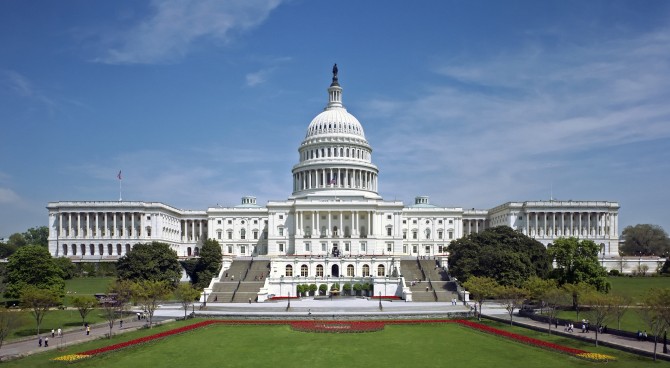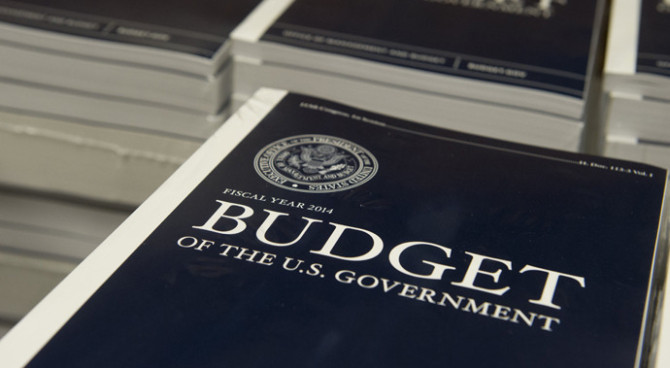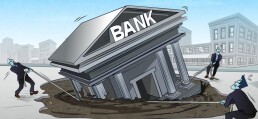A credit-tightening increase on capital standards won’t help the American economy.
Updated June 22, 2023 7:29 pm ET
In response to this year’s failures of midsize banks, the Biden administration—through the Federal Reserve, the Federal Deposit Insurance Corp. and the Comptroller of the Currency—is trying to mandate 20% higher capital standards for the nation’s largest banks. The Obama administration did the same after the subprime mortgage crisis in 2010. It’s a mistake. When the totality of macroeconomic conditions are weighed, the dramatically higher capital requirements will threaten financial stability.
The American economy is already strained. The Fed is retrenching after its massive monetary infusion during the Covid years, but inflation isn’t tamed. The Treasury is looking to borrow massively over the next two months despite concerns about rising interest-rate risk and market-making liquidity. Failing commercial loans will soon start to weigh down the nation’s banks. And consumers are continuing to spend freely, with $3.3 trillion more in checking deposits than before the pandemic.
Into this cauldron, bank regulators want to add a credit-tightening increase on capital standards. The nation’s largest banks are already capitalized well by modern standards. In this economy, these money-center banks holding the highest capital levels aren’t likely to be the source of financial instability but are instead likely to be a solution to the coming financial tensions.
In 2007, as the subprime mortgage crisis began, banks were already better capitalized and had less leverage than at any time in the prior three decades. The FDIC noted that banks had 10.2% in capital, which was 76% more than they had in 1978, while the Fed observed that bank capital was almost twice as high in 1984. In the same month that Lehman Brothers failed, kicking off the subprime crisis, the FDIC declared 98% of all banks holding 99% of all assets as “well capitalized.â€
What those well-capitalized banks couldn’t survive was the implosion of Fannie Mae’s and Freddie Mac’s federally guaranteed mortgage-backed securities—which were unanimously rated by regulators as the highest-valued bank capital—as 31 million subprime mortgages collapsed.
Congress ignored the role regulators played in helping precipitate that crisis and instead granted even more discretionary powers to these same regulators with the 2010 Dodd-Frank Act. Since then, regulations on large money-center banks have roughly doubled, with new capital standards ranging from “enhanced prudential standards†and “Tier 2 Capital†to “Total Loss Absorbing Capacity†and the “Supplemental Leverage Ratio,†with each becoming increasingly complicated. Since 2009, 18 different capital standards have tripled the total capital requirements of money-center banks to $900 billion and doubled the ratio of the highest-quality capital.
Last year, federal regulators agreed that banks held enough reserves. Treasury Secretary Janet Yellen said “banks have adequate capital.†Fed Chairman Jerome Powell claimed “capital and liquidity levels at our largest, most systemically important banks are at multidecade highs.†National Economic Council Director Lael Brainard asserted that “banks entered the pandemic with strong capital and liquidity buffers,†while the Fed’s Supervision and Regulation Report recently stated that “as of the fourth quarter of 2022, banks in the aggregate were well capitalized, especially U.S. global systemically important banks.â€
Mandatory higher capital requirements aren’t free. They impair bank lending. Now isn’t the time to do that. Since the fourth quarter of 2021, real gross domestic product has grown by a recession equivalent of 1.2%. Commercial loans are starting to sour. In reversing course to beat back inflation, the Fed has effectively cut its assets by 30% from the pandemic’s peak. It has raised interest rates to 5.25% from a low of 0.25% over the past year, and it probably still hasn’t hit its terminal rate, since the core inflation rates have run for six months at an annualized 5.1%. If the Fed can’t constrain consumer spending, it risks provoking a serious recession to get inflation under control. The central bank has no good choices in this struggle between inflation and financial stability, but mandating 20% higher capital burdens will only make the situation worse.
Complicating matters further, the Treasury’s plan to auction off $1 trillion of government debt over the next two months will test the most critical financial market in the world, which, because of bank regulations, has already displayed signs of fragility, illiquidity and volatility.
When it comes to setting bank-capital standards, history shows that financial regulators aren’t omniscient. The largest banks are trying to weather the lingering effects of the pandemic and rising interest rates, even while they already carry the highest capital burdens in decades. And regulators, with no legislative mandate to act, are rushing ahead with further hikes despite the detrimental consequences for economic growth and financial stability.
Only the federal government could create the current situation, in which bank instability demands that the Fed loosen credit at the same time that continued inflation demands tightening. Only Dodd-Frank’s system of regulatory fiat can flash red and green simultaneously, which is why that system will never replace market discipline, which optimizes both economic growth and financial stability. Dodd-Frank regulators are poised to squeeze the wrong banks for the wrong reasons, and working families and small businesses will likely pay the price.
Mr. Hensarling is a former chairman of the House Financial Services Committee (2013-19), and an advisory council member to Americans for Prosperity. Mr. Solon advises US Policy Metrics.



